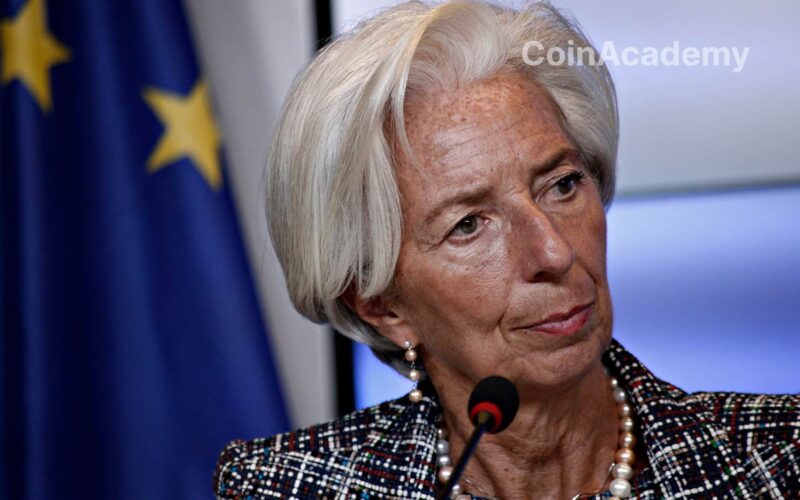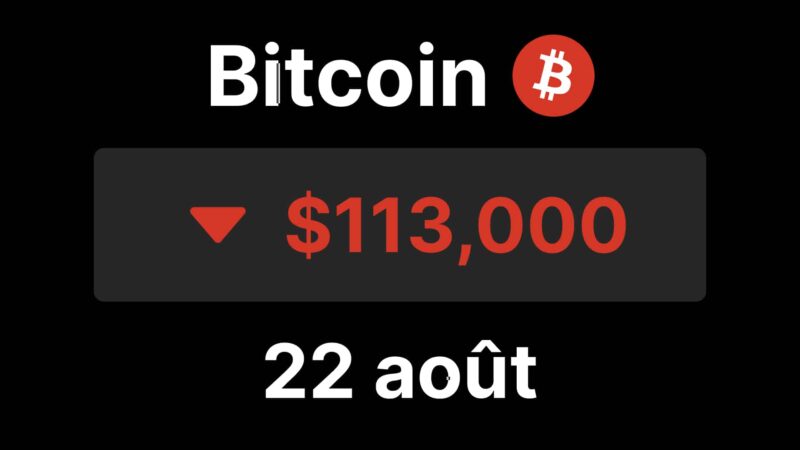The ECB warns of a debt crisis if growth is not stimulated and deficits are controlled, with a particular focus on Italy, Spain, and now France.
Borrowing costs are rising for sovereign debts, making refinancing more expensive. Interest payments could exceed 4% of GDP in Franceand 6% in Italy by 2034.
A downward revision of growth forecasts (1.3% in 2025) and the concentration of risks in financial markets exacerbate economic and political tensions in the Eurozone.
Troubling signals of a debt crisis in Europe issued by the ECB
In its latest Financial Stability Report, released on Wednesday, the European Central Bank (ECB) sounded the alarm: the Eurozone could be faced with a new debt crisis if measures are not taken promptly to stimulate growth, reduce public debt, and dissipate political uncertainties. The warning is particularly focused on the sustainability of sovereign debts, an issue that the institution finds concerning given the high levels of debt and budget deficits.
The Vice-President of the ECB, Luis de Guindos, highlighted the historical weakness of some member states in complying with the European Union’s fiscal rules. These weaknesses, combined with factors such as low productivity and bleak economic prospects, increase the risk of tensions in financial markets.
Italy and Spain under pressure, France in the crosshairs
While borrowing costs for countries like Italy and Spain remain below the heights reached during the previous decade’s debt crisis, investor concerns are now shifting towards other major economies, such as France. In October, the spread between French 10-year bond yields and those of Germany — a key market sentiment indicator — reached levels seen before the French parliamentary elections last summer.
According to De Guindos, markets are increasingly paying attention to fiscal risks. Financing costs for countries with a debt-to-GDP ratio exceeding 100% have increased particularly during recent episodes of volatility, making these economies even more vulnerable to shocks.
Difficult debts to refinance in a high interest rate environment
The ECB’s analysis also highlights a structural challenge: maturing sovereign debts must be refinanced at much higher interest rates than before. For example, France’s interest payments could exceed 4% of GDP by 2034, while Italy’s would approach 6%, according to European estimates. Such developments would complicate the funding of strategic investments, particularly in defense and the ecological transition.
These financial difficulties are accompanied by a downward revision of growth forecasts. The European Commission now anticipates only 1.3% growth in 2025 for the Eurozone, widening the economic gap with the United States.
Vulnerable financial markets
In addition to public debts, the ECB points out a concentration of risks in financial markets, exacerbated by high valuations and increased volatility. Recent corrections have not dispelled concerns about a possible speculative bubble fueled by artificial intelligence or abrupt adjustments in bond and equity markets.
In a scenario of economic slowdown, the balance sheets of banks and investment funds could be severely impacted. With high interest rates, European companies and consumers are already struggling to meet their obligations, increasing the risk of losses in the commercial real estate sector, which is particularly exposed.
A decade at risk for the Eurozone
The ECB warns that the dual burden of low growth and high public debt could hinder European governments’ ability to address the challenges of the 21st century on a lasting basis. The lessons from the previous crisis, marked by the historic intervention of Mario Draghi, seem to be fading as the Eurozone enters a period of increased fragility. The need for concerted action between fiscal and monetary policies appears more critical than ever before.




